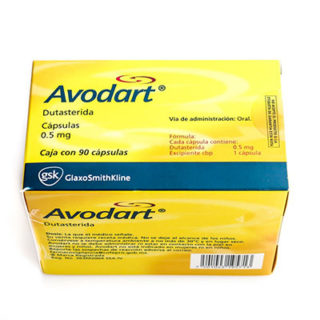According to domestic and foreign researchers, clinical manifestations of benign prostatic hyperplasia (BPH) occur in 25–45% of men aged 40–50 years, in 50–70% of men aged 50–70 years, in 80–90% of men aged 80 years and older. It should be noted that in different studies the frequency of BPH at different ages varies, since in some cases these data are based on clinical studies, in others – on the results of pathomorphological studies of prostate glands in deceased men of different ages.
BPH is the most common cause of lower urinary tract symptoms in men and is a polyetiological disease resulting from the growth of the periurethral glandular zone of the prostate. Violation of the act of urination in BPH is often associated with the development of infravesical obstruction against the background of the interaction of static and dynamic components.
The concept anabolic steroids buy online of lower urinary tract symptoms (LUTS) was introduced to describe the most common manifestations of urinary disorders, which are divided into filling symptoms (pollakiuria, nocturia, urinary urgency, urinary urgency), voiding symptoms (sluggish urine stream, stranguria, feeling incomplete emptying of the bladder, intermittent urination) and post-urination symptoms (urinary leakage, terminal dribbling). LUTS are a very common urological problem in older and elderly people, significantly disrupting the quality of life.
LUTS significantly reduce the quality of life of a modern man. At the same time, the more pronounced the severity of manifestations of impaired urination, the more pronounced the limitations of daily activity, the impact on physical and psychological well-being.
Causes
Studies of the causes of the occurrence and development of BPH indicate that prostate enlargement is most likely due to an increase in the activity of the 5-alpha reductase enzyme. It was determined that with age its activity increases in the transition zone of the prostate. With the help of this enzyme exemestane 25 mg tablet, dihydrotestosterone (DHT) is formed in the cells of the prostate gland, which is much more active than testosterone circulating in the blood. DHT stimulates the formation of growth factors that ensure the proliferation of cellular elements of the prostate stroma, which underlies benign hyperplasia.
Thus, the development of the prostate gland, all its elements occurs under the control and with the direct participation of DHT, and in the elderly and senile age, the same applies to the processes of hyperplasia, and maybe cancer.
Methods of treatment
Currently, there are drugs that can reduce the activity of 5AR. Dutasteride is the first selective inhibitor of both types of 5AR. Therefore, dutasteride at a dose of 0.5 mg / day, already in the first week of administration, reduces the level of DHT in the blood by 85%, and after 2 weeks – by 90%.
Substances deprive the prostate of androgenic stimulation without causing pronounced sexual dysfunction, osteoporosis, anemia, muscle atrophy or hot flashes, which often occur against the background of maximum antiandrogen blockade, chemical or surgical castration. This advantage is sildenafil citrate substitute achieved due to the fact that 5AR inhibitors block only the production of DHT, reducing its concentration in the prostate. The level of testosterone in the blood serum, which is responsible for androgenic stimulation, remains normal or slightly increases (by 10-20%). That is why the use of 5AP inhibitors is a method that safely influences the growth of the prostate, leading to its reduction.
The safety of taking the drug
The main data for evaluating the efficacy and safety of dutasteride were obtained during three similarly designed randomized, double-blind, placebo-controlled studies lasting 2 years followed by a 2-year open period.
According to the results obtained at the stage of a double-blind placebo-controlled study, it was found that dutasteride leads to a decrease in prostate volume and an increase in Qmax already one month after the start of therapy. After two years of dutasteride therapy, there was a decrease in total prostate volume by 25.7% compared with an increase of 1.8% in the placebo group, an increase in Qmax by 2.2 ml / s versus 0.6 ml / s in the placebo group.
In the dutasteride group, there was a gradual improvement in quality of life throughout the study. The use of dutasteride for 4 years caused a more pronounced decrease in prostate volume, relief of symptoms and an increase in urinary flow rate compared with a 2-year period of therapy.
Showing the single result
